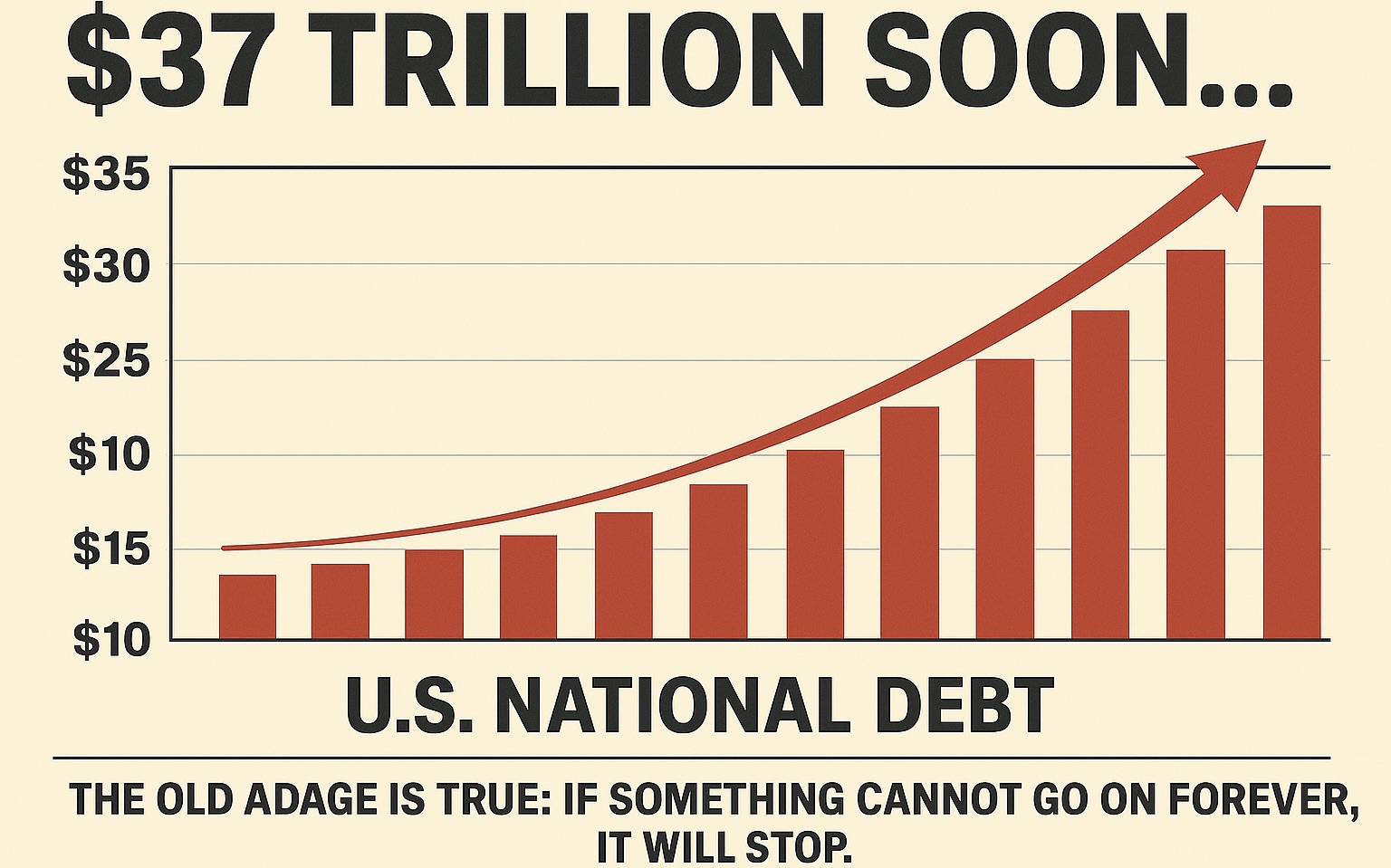China: The Helpless Giant
This article is archived.
Upgrade to premium to access all of the ZeroHedge archive.
PREMIUM
ONLY $30/MONTH
BILLED ANNUALLY OR $35 MONTHLY
All BASIC features, plus:
- Premium Articles: Dive into subscriber-only content, market analysis, and insights that keep you ahead of the game.
- Access to our Private X Account, The Market Ear analysis, and Newsquawk
- Ad-Free Experience: Enjoy an uninterrupted browsing experience.
PROFESSIONAL
ONLY $125/MONTH
BILLED ANNUALLY OR $150 MONTHLY
All PREMIUM features, plus:
- Research Catalog: Access to our constantly updated research database, via a private Dropbox account (including hedge fund letters, research reports and analyses from all the top Wall Street banks)



 Latest: The Iran Debate
Latest: The Iran Debate


